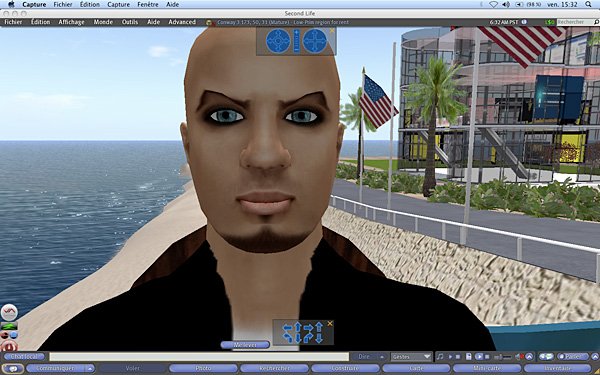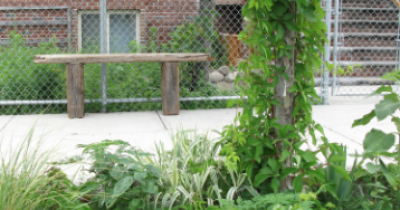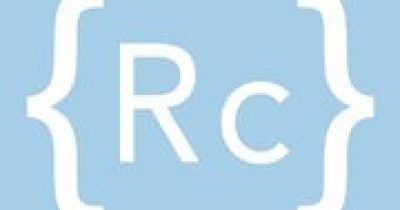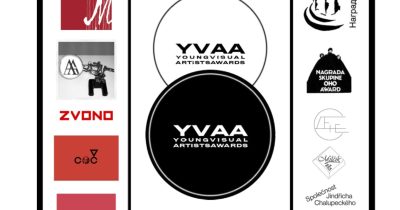Fred Forest (born 1933 in Algeria) is a pioneer of video art and a theorist, who created the first interactive environments in France simultaneously using computer and video as early as 1968. At the forefront of interactive art and new media, sociology, and institutional critique, his work, frequently immaterial and relational, raises questions about the nature and function of art in a market-driven age of information. A retrospective of his work was held at the Slought Foundation in Philadephia in 2007. Forest has exhibited and presented at institutions including the New York’s Museum of Modern Art, the Centre Georges Pompidou, Espace Pierre Cardin, and the Musee d’Art Moderne de la Ville de Paris.
Forest’s 6 months residency is made possible within the framework of the Residency Unlimited / PointB Worklodge partnership, with generous support from Institut Français.

As early as 1967, Forest organized a series of participatory and community-based art activities that laid the foundations for the “Sociological Art” movement that was to follow. By 1969, Forest was known as the first French “plastic” artist to make extensive use of video art and carry out one of the first installations of this type at the Sainte-Croix Gallery in Tours, France. In 1972, continuing his research into this medium, he purchased media space in the French national newspaper, Le Monde, and launched a series of “press experiments” extending from journalism to television and radio both in France and abroad.
In 1973, his work in mass-communications won him the Communications prize at that year’s Sao-Paulo Biennale, and in 1974, he co-founded the “Sociological Art Collective” whose activities were eventually featured in the 1976 Venice Biennale. Forest also participated in Documenta 6 in 1977 and again at Documenta 8 in 1987 where he exhibited a field frequency of 14,000 hertz in the Fridericanum in Kassel, Germany. Following the dissolution of his sociological collective, Forest staged various art actions and exhibitions, frequently involving the late Pierre Restany, such as The Artistic Square Metre, The Stock-Exchange of the Imaginary, at the George Pompidou Centre, and The Communicative Space at the Museum of Modern Art of the City of Paris.
In 1982, Forest formulated the term Communication Aesthetics. In the following year, he co-founded the International Group for Research into Communication Aesthetics to explore new directions for art centered on problems of communication, new models of anthropological behavior, and our evolving relationship with a world conditioned by technological developments.
A retrospective of his work was held at the Slought Foundation in Philadelphia in 2007. In 2005, Forest created the “Digital Street Corner” at the invitation of Art Basel Miami Beach 2005 in conjunction with the Cartier Foundation for Contemporary Art, Paris, and the Bass Museum of Art, Miami. In 2006, Forest launched “The Biennale of the Year 3000,” a participatory new media intervention staged against the “official” São Paulo Biennale that took the form of an exhibition without curatorial selection.
He is the author of numerous books on art, communication, and technology including: Art sociologique/Vidéo, Editions 10 /18 en 1977; Cent Actions, Editions Alain Amiel de Nice, 1994; Pour un art actuel/l’art à l’heure d’Internet, Editions l’Harmattan, 1998; Fonctionnements et dysfonctionnements de l’art contemporain, un procès pour l’exemple, Editions l’Harmattan, 2000; Repenser l’art et son enseignement, Editions l’Harmattan, 2002; De l’art vidéo au Net Art, Editions l’Harmattan, 2004; L’œuvre-système invisible, Editions l’Harmattan, 2005; Art et Internet, Editions du Cercle d’Art 2008; and Une vie en 100 portraits, Editions Incognito de Nice, 2010.
Aside from his artwork, which uses publicity as its raw material and is often embedded in the mass media, Forest is well known in France as a fierce critic of the contemporary art establishment — a critical stance that led him to take the Musée National d’Art Moderne (Centre Georges Pompidou) to court (1994–97) over its refusal to disclose the purchase prices of recent acquisitions.[1] He is also one of the founders of the French Fête de l’Internet, or Internet Fest. www.fredforest.org
______________
Cofondateur du ” Collectif d’Art Sociologique ” en 1974, il soutient en 1984 à la Sorbonne une thèse de Doctorat d’État sur l’Art sociologique et l’Esthétique de la communication. En 1983, avec Mario Costa, il est co-fondateur du Mouvement International de l’Esthétique de la communication.
Docteur d’État de la Sorbonne et professeur en Sciences de l’Information et de la Communication. Professeur titulaire à l’École Nationale d’Art de Cergy (France), puis titulaire de la Chaire des Sciences de l’Information et de la Communication de l’université de Nice Sophia- Antipolis, il a dirigé au Musée d’Art Moderne et d’Art Contemporain de cette ville un séminaire de renommée internationale. Il est aujourd’hui professeur émérite de cette même université.
Prix de la communication de la XII Biennale de São Paulo en 1973, il a représenté la France à la Biennale de Venise et à la Documenta VI de Kassel. Il s’est vu décerner le ” Laser d’or ” au Festival des Arts Electroniques de Locarno, puis le Grand prix de la ville de Locarno pour une œuvre multimédia réalisée et diffusée par RTSI, la Télévision Nationale Suisse Italienne.
Fred Forest a publié plusieurs essais et livres : Art sociologique/Vidéo, Editions 10 /18 en 1977; Cent Actions, Editions Alain Amiel de Nice, 1994; Pour un art actuel/l’art à l’heure d’Internet, Editions l’Harmattan, 1998; Fonctionnements et dysfonctionnements de l’art contemporain, un procès pour l’exemple, Editions l’Harmattan, 2000; Repenser l’art et son enseignement, Editions l’Harmattan, 2002; De l’art vidéo au Net Art, Editions l’Harmattan, 2004; L’œuvre-système invisible, Editions l’Harmattan, 2005; Art et Internet, Editions du Cercle d’Art 2008; Une vie en 100 portraits, Editions Incognito de Nice, 2010.
Enfin, il est le fondateur du Web Net Muséum, un musée-action qui présente l’ensemble des œuvres produite par Fred Forest, ainsi que tout appareil critique, il fonctionne tel un Centre de recherche expérimental. www.webnetmuseum.org
La pratique artistique de détournement que Fred Forest mène depuis toujours constitue une réflexion critique sur l’art, la communication, leurs codes, leurs fondements idéologiques, symboliques et esthétiques. Pierre Restany, l’a écrit ainsi :” il a anticipé très tôt sur ce tout dont nous sommes témoins aujourd’hui, et son travail actuel sur Internet constitue la suite logique du développement d’une pratique artistique prenant en compte, dès les années ’70, les notions : d’interactivité, de temps réel, de processus, de téléprésence, d’ubiquité, d’action à distance, de réseaux, de relation et de relationnel, dans le champ du social et du quotidien.”




